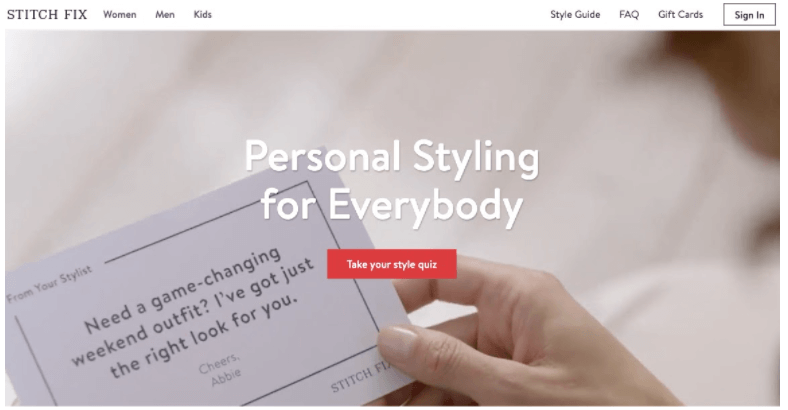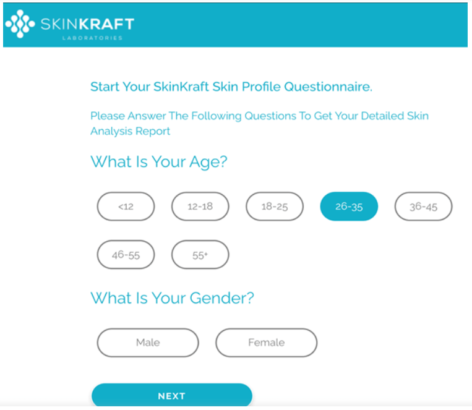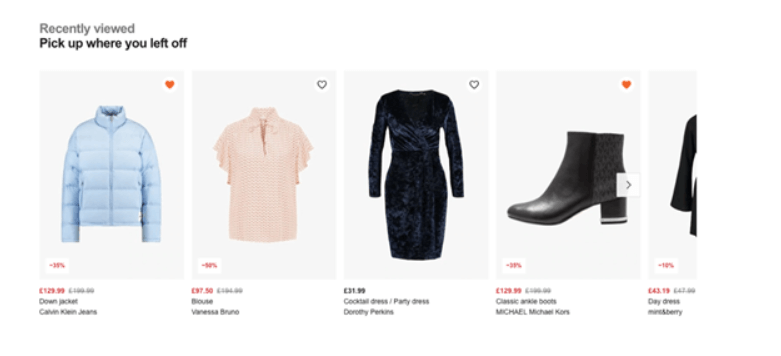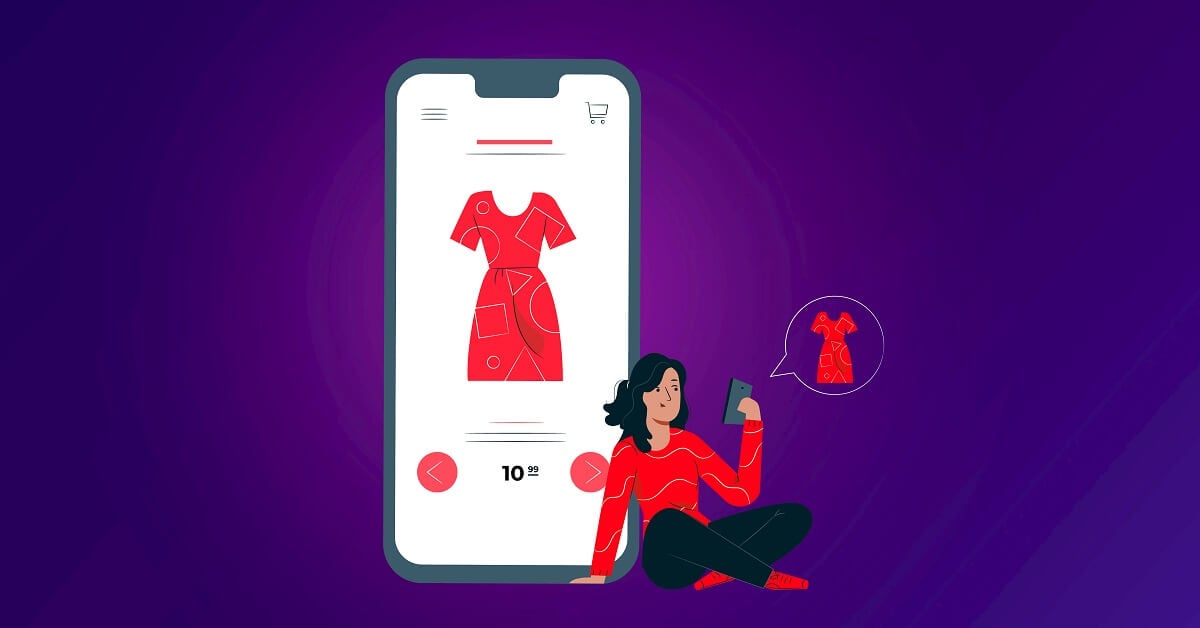The e-commerce industry has been rapidly changing in the last few years. One of the main reasons for this rapid change is hyper-personalization campaigns. These campaigns have become more popular as brands strive to provide an individualized experience for customers who shop on their websites or mobile platforms.
This blog post will discuss four examples of successful hyper-personalization campaigns that stand out in 2022.
Let us get going!
What is E-commerce Hyper-Personalization Anyway?
Hyper-personalization is the process of a brand using customer data from their CRM to predict what other products they will enjoy. An easy example can be seen in shopping websites that recommend similar products based on our browsing history, like Amazon and Walmart’s sites.
Generating hyper-personalized marketing campaigns requires a deep understanding of the brand and customers.
Brands need to find the right technology and infrastructure to support their hyper-personalization efforts. They should implement multichannel options that store customer information across all your online channels, enabling shoppers to have a seamless shopping experience no matter what channel they’re utilizing.
Let us see the top D2C e-commerce brands worldwide that have managed to derive extreme value from hyper-personalization.
Here they are.
1. Stick Fix’s Personalized Wardrobe Experience for 2.2 M Customers

Stitch Fix aims to please every individual customer, tailoring every shopping event for them.
Stitch Fix uses data to improve its consumer’s buying experience.
The company’s unique business model involves using AI to select clothing items for their customers and mail them the selection.
Stitch Fix would then send you well-packaged clothing and accessories they think you’ll like. And then you can buy the items you love and send the others back.
One of the best advantages with Stitch Fix is that you only pay for what you keep, and if you don’t like anything they send to your home, you send it back – and your wardrobe is catered to your taste, style, pricing, and size.
The brand leverages big data for hyper-personalization at scale – to deliver the experience to 2.2 million customers in their list.
2. SkinKraft’s Skincare Solutions Tailored for Every Customer

SkinKraft, the Indian skincare brand, has been providing customized solutions to its users ever since they became famous.
One way the multibillion-dollar skin care giant recommends its personalized regime is by relying on data analytics. So the company first conducts a holistic skin assessment of its customers, asking questions related to their age, gender, and concerns about their skin.
SkinKraft uses hyper-personalization to improve the online shopping experience for its customers. They use data to customize product recommendations and use it to make better products for their customers. According to Skincraft’s CEO and co-founder Chaitanya, they are already profitable and growing by 30% to 40% each month.
3. Amazon in Hyper-Personalization Space

Amazon is a pioneering player in the e-commerce personalization space. And, its enormous inventory and vast membership options make personalized campaigns a necessity for sustained growth.
For example, suppose someone searches the database for headphones. In that case, the interface automatically recognizes their search and presents related products in a “Frequently bought together” section and the original search string.
Amazon’s homepages are also personalized for each customer, with products selected based on personal preferences. So as customers browse the site, they can find things they forgot about and discoveries that fit their needs.
To do this, Amazon uses predictive analytics to gather this data. In addition, the company uses historical and real-time data to understand its customers, increasing customer satisfaction with hyper-personalized marketing techniques.
4. Customer-Journey Continuity by Zalando

Zalando is another excellent example of an e-commerce site or store personalizing for its customers. This makes it possible to know which products someone looked at during their next visit, even when they don’t purchase anything.
Most e-commerce sites show you “recently viewed items” when you are logged in to the site; they store that data for use the next time you come back. For example, this is what Zalando does.
If you visit the site a second time, it displays on the home page with the title “Pick up where you left off.” This is an excellent way to remind users what they looked at during their last session.
This is a highly likable feature that has helped Zalando convert and retain more customers than ever before. Yay Hyper-Personalization!
Your turn…
Hyper-personalization for e-commerce is crucial to sustained growth. It helps brands deliver tailored solutions to their customers, making them stick longer with the brand.
That’s why we at Wigzo are dedicated to creating a personalized experience through our AI-powered platform, which leverages machine learning and deep neural networks.
We want your customer journey using our site to be seamless, so they never leave without making an order. So if you’re interested in taking advantage of hyper-personalization for your business – give us a try!
You can take us out on a FREE Trial by clicking here or visit Wigzo.













